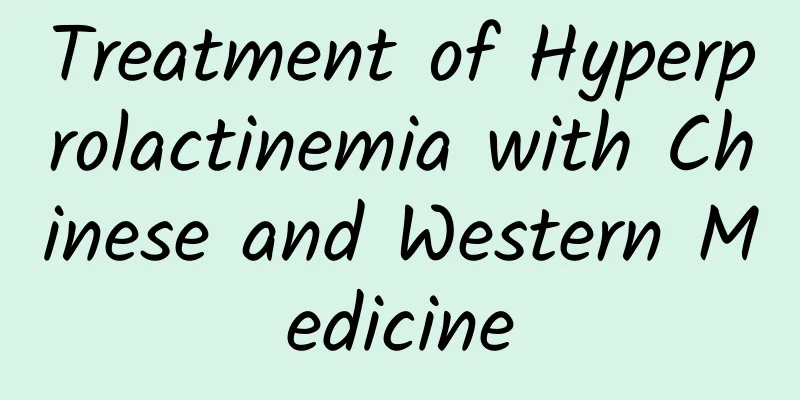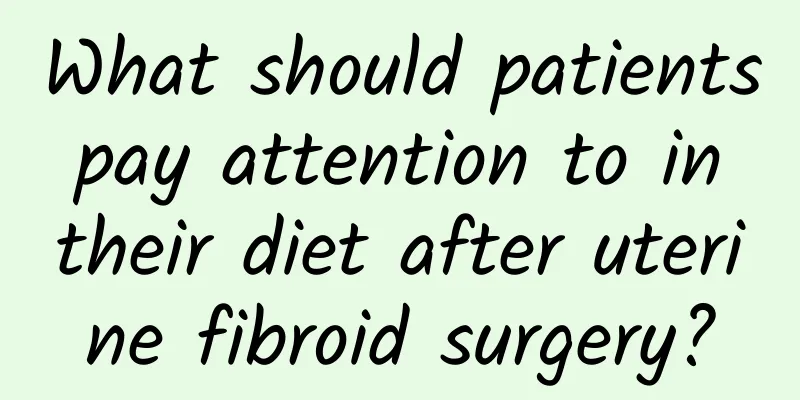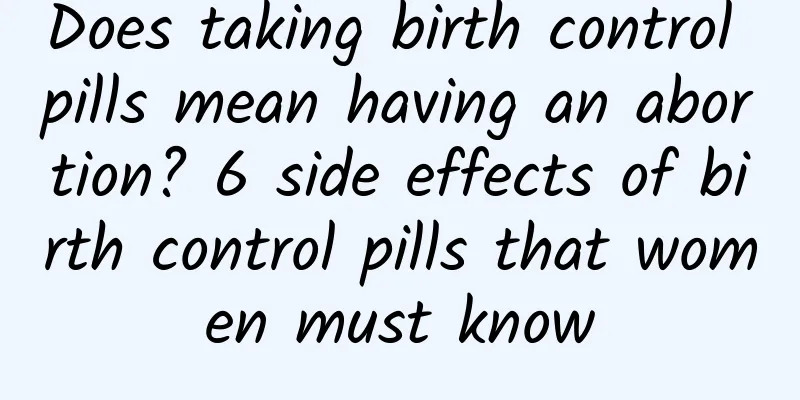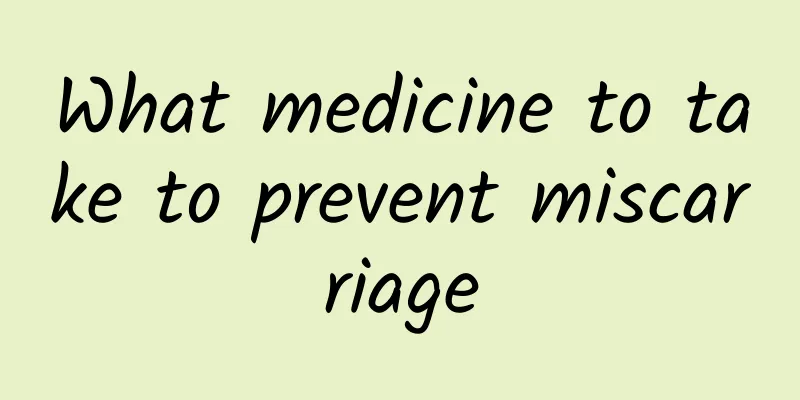How to cure pelvic effusion
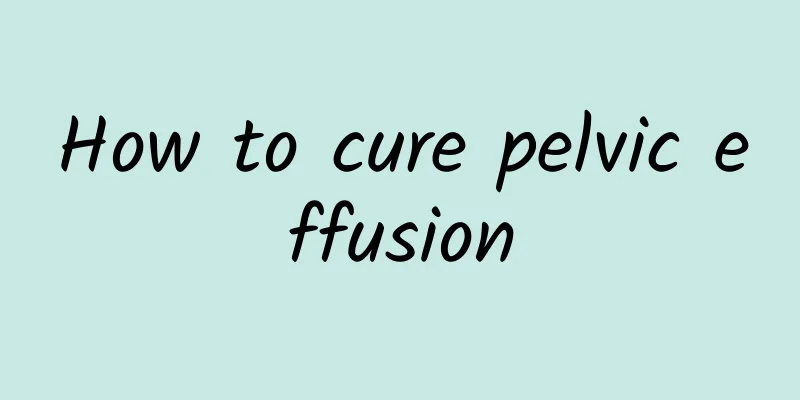
|
Pelvic effusion often occurs in the lower part of the pelvic cavity, such as the uterine rectal pouch. B-ultrasound is a commonly used and effective means of examination in gynecology, which can accurately determine the amount of effusion. So how can pelvic effusion be cured? Let's take a look at it together. 1. Traditional Chinese medicine treatment Chronic pelvic inflammatory disease is mostly of damp-heat type, and the treatment principle is to clear away heat and dampness. The main treatment is to promote blood circulation and remove blood stasis. The prescription is: Danshen 18g, red peony root 15g, costus root 12g, peach kernel 9g, honeysuckle 30g, dandelion 30g, Poria 12g, moutan bark 9g, and raw earth 9g. When the pain is severe, add Yanhusuo 9g. Some patients are of cold stagnation and qi stagnation type, and the treatment principle is to warm the meridians and dispel cold, promote qi and activate blood circulation. Guizhi Fuling Decoction is often used with modifications. For those with qi deficiency, add Codonopsis pilosula 15g, Atractylodes macrocephala 9g, and Astragalus 15g. 2. Other drug treatments When using anti-inflammatory drugs, 5 mg of α-chymotrypsin or 1500 U of hyaluronidase can also be used at the same time, intramuscular injection, once every other day, 5 to 10 times as a course of treatment, to facilitate the absorption of adhesion and inflammation. If some patients have local or systemic allergic reactions, the drug should be discontinued. In some cases, antibiotics are used at the same time as dexamethasone, oral dexamethasone 0.75 mg, 3 times a day, pay attention to gradually reduce the dose when stopping the drug. 3. Physical therapy The benign stimulation of warmth can promote local blood circulation in the pelvic cavity, improve the nutritional status of tissues, and increase metabolism, so as to facilitate the absorption and disappearance of inflammation. Commonly used methods include short wave, ultrashort wave, ion penetration (various drugs such as penicillin, streptomycin, etc. can be added), wax therapy, etc. 4. General treatment Relieve patients' mental concerns, enhance their confidence in treatment, increase nutrition, exercise, pay attention to the combination of work and rest, and improve the body's resistance. 5. Surgical treatment Surgery is recommended for lumps such as hydrosalpinx or tubo-ovarian cysts. Surgery is also recommended for those with small infection foci that repeatedly cause inflammation. The principle of surgery is to completely cure the disease and avoid the chance of recurrence of residual lesions. Unilateral adnexectomy or hysterectomy plus bilateral adnexectomy is performed. Ovarian function should be preserved as much as possible for young women. Single therapy for chronic pelvic inflammatory disease is less effective, so comprehensive treatment is appropriate. |
<<: How to treat mild cervical erosion? Two methods of clinical treatment of mild cervical erosion
Recommend
Brief analysis of two common symptoms of cervicitis
Cervicitis is a gynecological disease that causes...
What are the causes of adnexitis?
What are the causes of adnexitis? Female friends ...
What methods can effectively prevent the occurrence of cervical erosion?
With the irregular sex life of young women nowada...
How much pelvic fluid is normal?
How much pelvic fluid is normal? Pelvic fluid acc...
Can I remove the IUD if I have pelvic effusion?
Placing a contraceptive ring at the uterine diame...
Office workers should prevent abdominal obesity! Wu Mingzhu's push and lift move...
Office workers who sit for long periods of time s...
Middle-aged men are prone to gain weight: 3 rules for exercise and diet
Most men like to eat big amounts of meat and fish...
Ovarian cysts are common
Ovarian cysts are a gynecological disease that ma...
Precautions and maintenance methods before and after abortion surgery
Abortion is the act of terminating a pregnancy be...
How to completely cure Bartholinitis
Bartholinitis is a disease that many women suffer...
What medicine should I take for cervicitis?
Cervicitis is one of the common gynecological dis...
Love text? Golden Glory? Jade text? I love eating mangoes but I’m afraid of getting fat. Which one has lower calories?
The mango season is here, and different varieties...
Can you get pregnant with endometriosis?
Endometriosis can affect pregnancy, but it is not...
Reasons why women often have ovarian cysts
Many people have different understandings of ovar...
Andy Lau's 14-day regimen to create a mermaid line
Artist Andy Lau (Hua Zai) has been in the industr...


